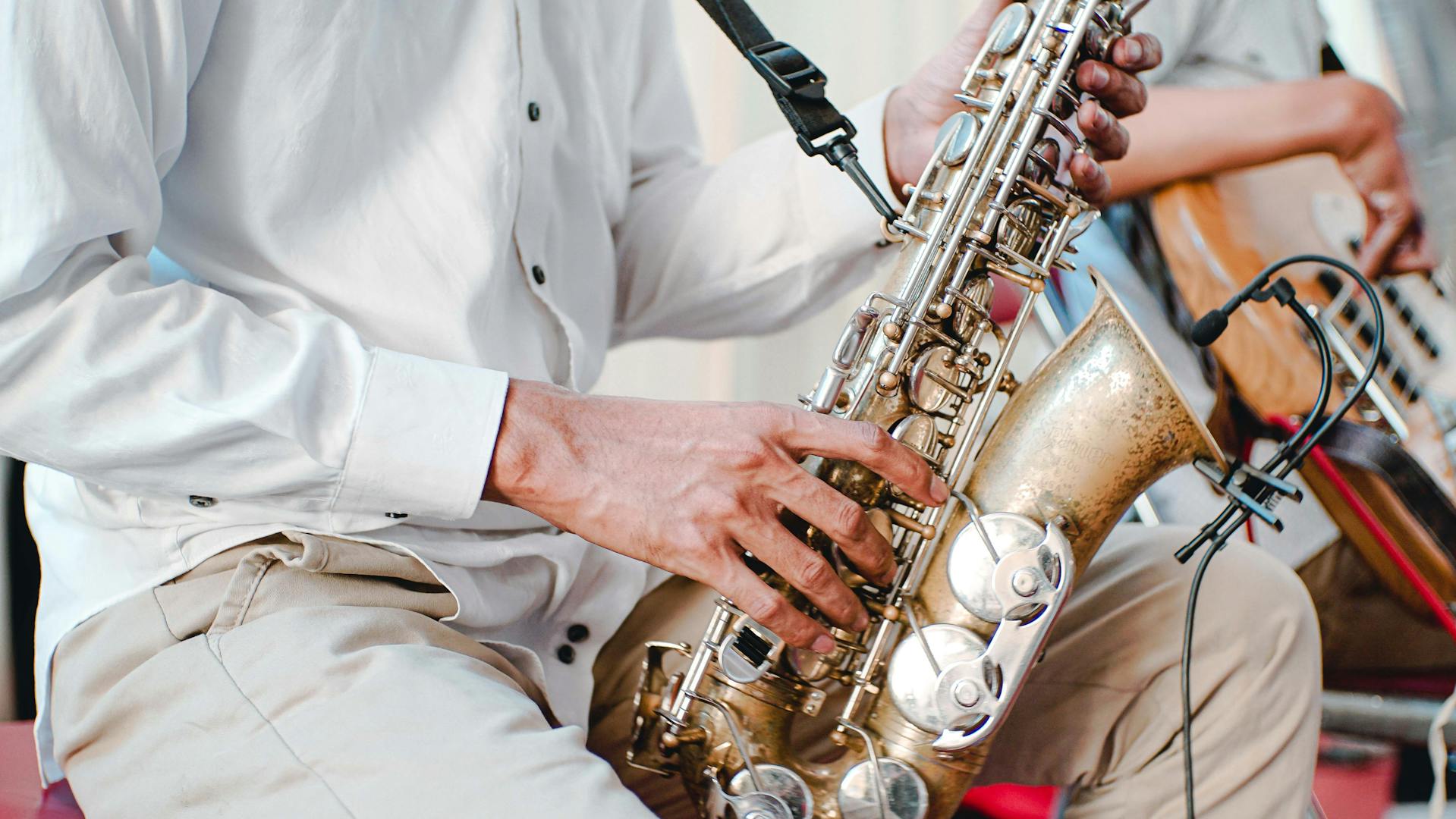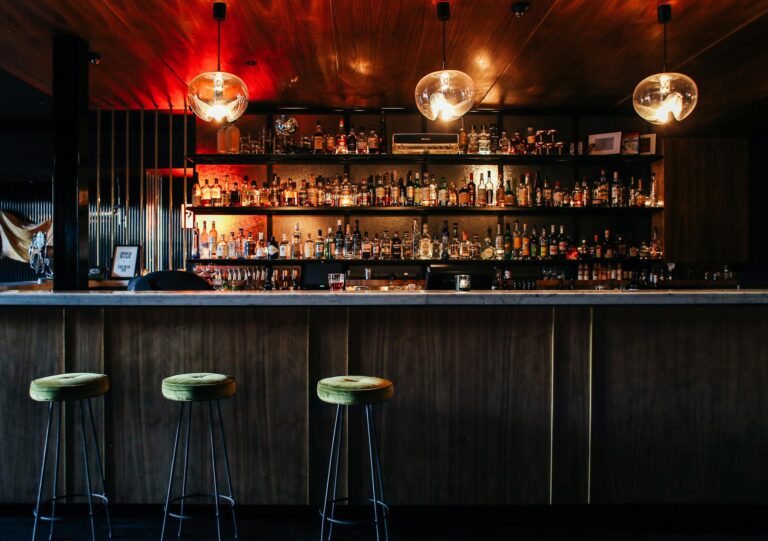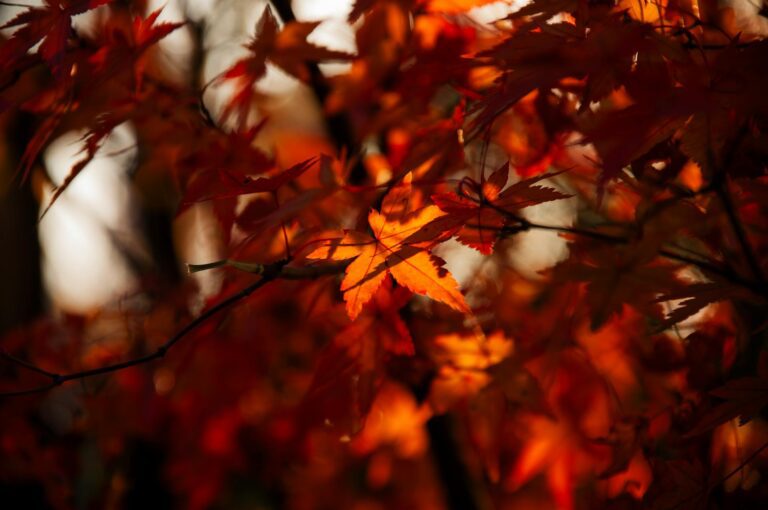Stand at 18th and Vine today, and you’re experiencing Kansas City history. That legendary corner once pulsed with the beats of Charlie Parker, Count Basie, and other jazz masters who irreversibly altered the fabric of American music.
Although today’s district is different, its mission of preserving and celebrating jazz heritage continues in new attractions and preservation efforts.
The Golden Era: When 18th & Vine Ruled the Night
During the 1920s and 1930s, the 18th and Vine district was the heartbeat of Kansas City’s African American population and the center of American jazz innovation. You could walk down any street and hear music spilling from scores of nightclubs, each launching the next generation of musical titans.
The Reno Club hosted Count Basie’s orchestra in its early years, and the Cherry Blossom and Sunset Clubs provided platforms for local and traveling musicians. These clubs stayed open late into the early morning hours, creating the “Kansas City sound,” which emphasized blues-based improvisation and powerful rhythm sections.
Musicians played here, too, but they also lived, worked, and nurtured an atmosphere that allowed for artistic experimentation. The district’s natural practice of mentorship helped younger musicians learn from established masters, creating a system of musical education that could not be found elsewhere in America.
Read More: The Biggest Concerts Coming to Kansas City This Year
The Decline: Urban Renewal’s Devastating Impact
By the 1960s, much of the original fabric of the neighborhood had been reduced to rubble by urban renewal policies. City planners, in their own interests, tore down the vibrant club life that was 18th and Vine, replacing historic buildings with space for parking and generic new buildings that lacked the original community’s natural charm.
Interstate 70 construction further split the neighborhood, with changing music tastes and social patterns luring musicians and listeners to other parts of the city. The neighborhood that never slept was quiet, its music heritage left mainly in recordings and memory.
Read More: Heart of America Shakespeare Festival – A Kansas City Must-See!
Today’s Renaissance: Honoring the Past, Building the Future
The new 18th and Vine development is a smart solution to cultural conservation. Rather than attempting to reproduce the past in duplicate, the new facilities strive to educate, commemorate, and preserve the jazz heritage in new settings.
The American Jazz Museum is the district’s crown jewel, offering one of the nation’s most notable collections of jazz artifacts and interactive exhibits. You can even get up close and personal with Charlie Parker’s saxophone, listen to rare records in state-of-the-art sound chambers, and learn how Kansas City’s unique political and social environment created the perfect conditions for jazz innovation.
The Negro Leagues Baseball Museum shares the same building, recognizing another primary aspect of African American cultural heritage. This pairing reflects the fact that jazz and baseball were often interwoven in the social lives of the people.
Live Music Returns: The Blue Room
The Blue Room at the American Jazz Museum brings live music back to 18th and Vine. The intimate club hosts both veteran jazz icons and up-and-comers, maintaining the area’s musical apprenticeship and experimentation.
Unlike the original clubs that operated primarily for neighborhood residents, the Blue Room serves both locals and visitors, creating educational opportunities alongside entertainment. The venue’s programming intentionally bridges generational gaps, featuring traditional jazz alongside contemporary interpretations.
Preservation Challenges and Successes
18th and Vine today must deal with many more challenges than its own historic predecessor. The district continues to balance history with modern accessibility, striving to serve Kansas City today while staying true to its storied past.
Restoration of the Gem Theater ranks as one of the finest preservation successes. For over a century, beginning in 1912, the theater has hosted concerts, stage shows, and civic events, proving that historic buildings can be reused and serve modern cultural needs without losing their original integrity.
The Charlie Parker Memorial and other plaques scattered throughout the district help make it easier for tourists to understand the geography of the jazz legacy, associating some places with the artists who popularized them.
Meeting the Future: Community Engagement and Jazz Studies
Efforts nowadays to preserve the past go beyond monuments and museums. The community now has jazz study courses that teach young musicians about the style and heritage that put Kansas City in the world’s focus, revitalizing the musical heritage in living performance rather than stagnant memory.
Outdoor activities such as concerts and festivals bring back community residents to 18th and Vine, bringing back the social vitality that initially gave the district its character. Activities such as these show that cultural preservation works best when executed in the interests of existing communities and not simply as museum pieces.
The Continuing Mission
Even though the 18th and Vine neighborhood of the present day cannot hope to duplicate the wild-and-crazy atmosphere of yesteryear, it can at least preserve and pass on the cultural achievements of the time to generations to come. The neighborhood shows us that true cultural preservation is a matter of honoring history and being attuned to the times.
When you visit 18th and Vine now, you’re not just seeing museums, but experiencing Kansas City’s persistent affection for the musical heritage that gave so much to American culture.





